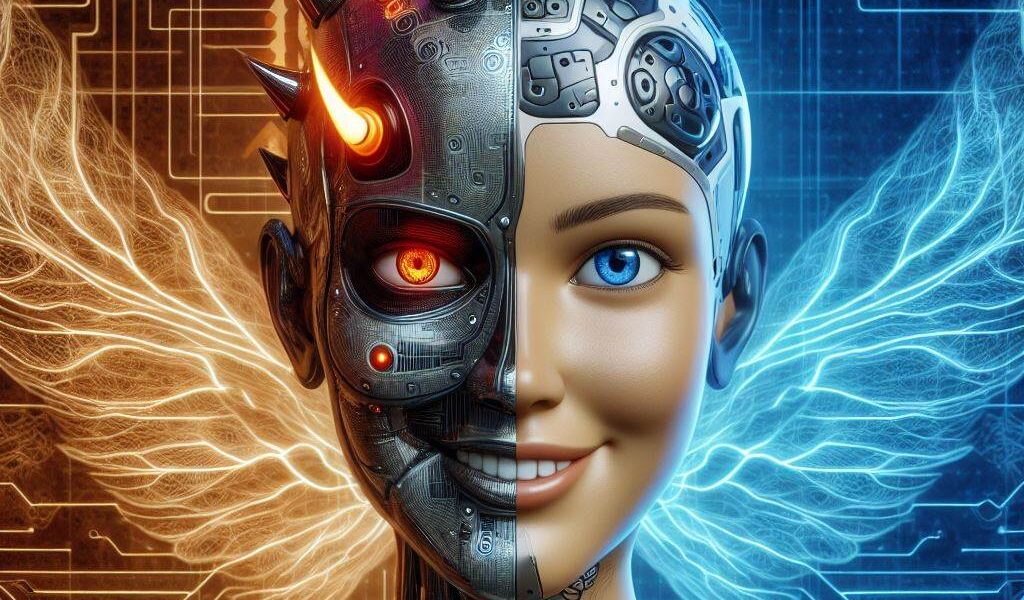
Elon Musk, a penchant for courting controversy, has set his sights on a new frontier: the human brain. His brainchild, Neuralink, promises a revolutionary interface between our minds and machines, blurring the lines between reality and the digital world. But before we dive headfirst into a cyberpunk utopia, let’s step back and examine Neuralink with a critical eye.
Some of the specific promises that Musk has made for Neuralink include:
- Restoring function to paralyzed limbs: In 2019, Musk said that Neuralink had successfully implanted a device in a monkey that allowed it to control a computer cursor with its mind. He said that this technology could one day be used to restore function to paralyzed limbs in humans.
- Curing paralysis: In 2020, Musk said that he was confident that Neuralink would be able to cure paralysis within a few years. He said that the company was making rapid progress and that he was “highly optimistic” about the technology’s potential.
- Bringing human-level intelligence to AI: In 2021, Musk said that he believed Neuralink could one day be used to bring human-level intelligence to AI. He said that this would be a “game-changer” for the development of artificial intelligence.
A Timeline of Neuralink’s Journey:
- 2016: The first whispers of Neuralink emerge, shrouded in secrecy. Musk hints at a brain-computer interface (BCI) project during a neuroscience conference.
- 2017: Neuralink is officially unveiled, with Musk showcasing a tiny, flexible thread-like electrode designed to be implanted in the brain.
- 2019: Neuralink demonstrates its technology in pigs, showcasing the ability to decode and transmit brain signals in real-time.
- 2020: Musk announces plans for human trials in 2021, raising ethical concerns and questions about the technology’s safety and efficacy.
- 2021: Human trials are delayed, with Musk citing the need for more extensive testing and refinement.
- 2022: Neuralink makes headlines with a monkey playing Pong using its mind, showcasing the potential for controlling external devices.
- 2023: Recent reports suggest Neuralink is seeking FDA approval for its BCI technology, potentially paving the way for human trials.
The Hype and the Skepticism:
Neuralink has garnered immense attention, with its potential applications ranging from treating neurological disorders to enhancing human cognition. However, the project has also attracted its fair share of skepticism. Critics raise concerns about the safety of brain implants, the potential for misuse of the technology, and the ethical implications of merging human and machine.
Diving Deeper into the Technology:
Neuralink’s electrodes are designed to be ultra-thin and flexible, minimizing tissue damage and allowing for seamless integration with the brain. They record and stimulate brain activity, enabling the transmission of thoughts and the control of external devices. The technology holds immense promise for:

- Treating neurological disorders: Neuralink could potentially restore lost function in patients with paralysis, Parkinson’s disease, and other neurological conditions.
- Augmenting human capabilities: The BCI could enhance memory, learning, and cognitive abilities, opening doors to new forms of human-computer interaction.
- Revolutionizing communication: Imagine directly communicating thoughts and emotions without the limitations of spoken or written language. Neuralink could usher in a new era of human connection.
Challenges and Roadblocks:
Despite its potential, Neuralink faces significant challenges. The technology is still in its early stages, and long-term safety and efficacy remain unproven. Additionally, the ethical considerations surrounding brain-computer interfaces are complex and require careful deliberation.
The Verdict: Gimmick or Game-Changer?

It’s too early to definitively label Neuralink a gimmick or a game-changer. The technology holds immense promise, but significant hurdles lie ahead. The success of Neuralink will hinge on its ability to address safety concerns, navigate ethical dilemmas, and deliver on its ambitious promises. Only time will tell if Musk’s brainchild will revolutionize our understanding of the mind or fade into the realm of unfulfilled technological dreams.
Beyond the Hype: What We Can Do:
While Neuralink dominates headlines, it’s crucial to remember that brain-computer interfaces are just one piece of a larger puzzle. We must continue to invest in fundamental neuroscience research to understand the complex workings of the brain. Additionally, open and transparent dialogue about the ethical implications of this technology is essential. By fostering informed public discourse and responsible development, we can ensure that brain-computer interfaces serve humanity’s best interests.
The future of Neuralink, and the future of our relationship with technology, hangs in the balance. As we watch this story unfold, let’s remember to approach it with a critical eye, a healthy dose of skepticism, and a commitment to using technology for good.
This blog is just a starting point. There’s much more to explore about Neuralink and the future of brain-computer interfaces. Feel free to delve deeper into the research, engage in discussions, and share your thoughts on this transformative technology.








